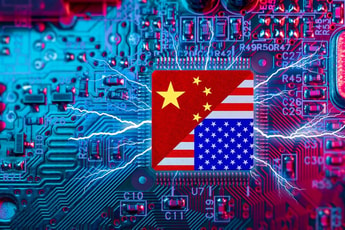US launches third semiconductor crackdown on China
The US has launched its third crackdown in three years on People’s Republic of China’s (PRC) semiconductor industry, introducing export curbs on 24 manufacturers and 140 firms.
The latest moves specifically target military applications but also cover semiconductor fabs and investment companies.
Gina Raimondo, US Secretary of Commerce, said, “This action is the culmination of the Biden-Harris Administration’s targeted approach, in concert with our allies and partners, to impair the PRC’s ability to indigenise the production of advanced technologies that pose a risk to our national security.”
“Further strengthening our export controls underscores the central role of the Department of Commerce in executing the US’ broader national security strategy.”
... to continue reading you must be subscribed






















